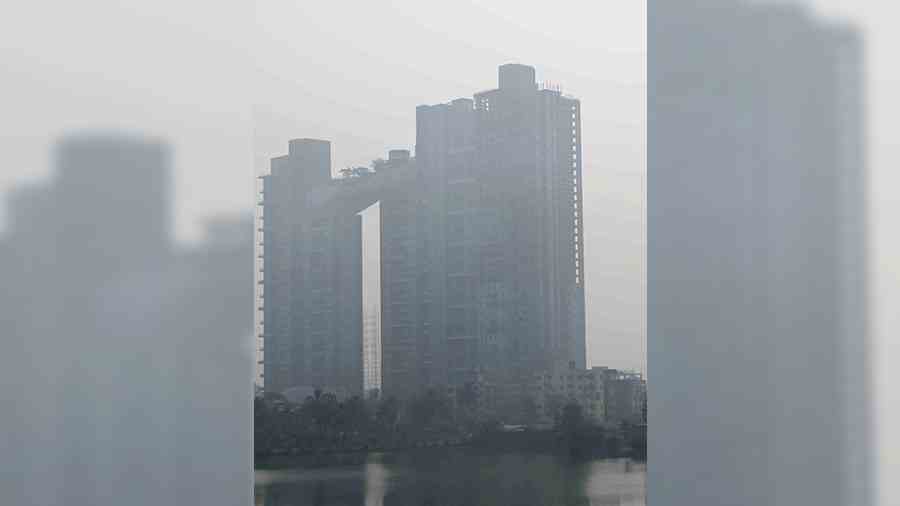Kolkata has recorded the highest proportionate rise in highly toxic PM 2.5 pollution levels within a month from October to November among the major cities located in the Indo-Gangetic plain.
The finding is from an analysis carried out on the basis of data generated by the Central Pollution Control Board. PM 2.5, ultrafine particulate pollutants, can reach the deeper crevices of the lungs and trigger a range of serious diseases.
The study carried out by environmental outfit Climate Trends shows that in November compared to October, Kolkata’s average PM 2.5 pollution load has increased 160 per cent; from 33.3 micrograms in October to 87.1 micrograms in November.
Patna was second in line with about 104 per cent rise in November compared to October, while Sonipat and Delhi recorded around 96 and 83 per cent increase.
Kolkata, Chandigarh and Patna recorded higher PM 2.5 pollution in November compared to November 2021, while others recorded a declining trend.
Overall, Delhi recorded the highest average PM 2.5 pollution in November with 183.4 micrograms followed by Gurugram and Ghaziabad with 152.7 and 145.4 micrograms respectively within 10 cities considered for the analysis. The national permissible limit for PM 2.5 is 60 micrograms.
Experts point out that burgeoning pollution from several sources along with meteorological conditions is responsible for the November surge.
“In absence of weather systems forming in the Bay of Bengal as well as lack of western disturbances, weather has been dry over West Bengal, including Kolkata. Further, the drop in temperatures has also increased the humidity levels, making winds heavier to trap the pollutants, and led to the pollution surge in the city during November,” said Mahesh Palawat, a meteorologist associated with SkymetWeather.
“It is a fact that last November was almost dry which must have played a role in pushing up the pollution level,” said Sanjib Banerjee,deputy director of India Meteorological Department, Kolkata.
The situation seems to be worsening further as the average air quality index (AQI) of the city has been consistently deteriorating over the last few days touching 300 on Thursday.
The air quality level is considered ‘very poor’ once the 300 mark is breached.
During last 24 hours, ending at 8pm on Thursday, the air quality has crossed the ‘severe’ level in Bidhannagar and Jadavpur; ‘very poor’ level in Ballygunge, Rabindra Bharati University, Rabindra Sarobar and near the Victoria Memorial automatic air pollution measuring points.
Bidhannagar tops the list as it recorded 500 at 7pm on Thursday; the poorest air quality value possible.
While ‘severe’ air quality affects healthy people and seriously impacts those with existing diseases, ‘very poor’ air quality leads to respiratory illness on prolonged exposure.
“The way Kolkata’s air quality is deteriorating; it should come up with a graded plan like Delhi immediately. As of now, it has only announced a general plan,” said an environmentalist.
